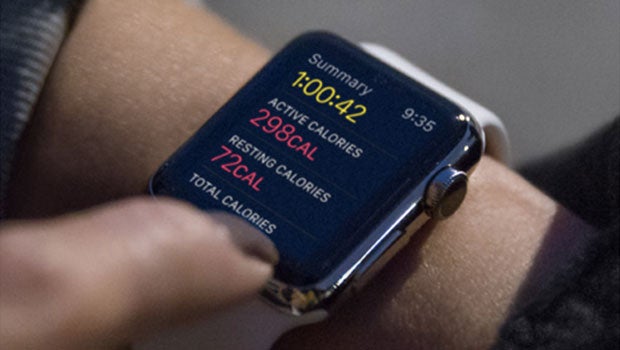Apple Watch doesn’t work on tattooed wrists

Reports are emerging that the Apple Watch won’t function properly with heavily tattooed wrists.
The Apple Watch is now out – at least for some early adopters. However, an unforeseen problem has arisen for Apple’s first fashion-focused device.
Somewhat ironically, it’s a current fashion trend that’s causing the issue.
Just days after launch, users have taken to social media to report that the Apple Watch loses connection and mis-reports a wearer’s heart rate when said wearer has a heavy sleeve tattoo.
This is particularly problematic as this sensor is how the Apple Watch detects whether it’s being worn or not. When it thinks it’s been removed, it asks for a PIN number in order to access it.
According to iMore, which has carried out tests to establish where this is a real issue, “Dark, solid colors seem to give the sensor the most trouble.”
Patterned tattoos (i.e. no big blocks of colour) didn’t appear to pose the Apple Watch any problems.
As the report points out, the reason for this state of affairs is explained quite succinctly in Apple’s own support article on the Watch’s heart rate sensor.
Related: Apple bans Apple Watch apps that only tell the time
The sensor uses green LED lights and light‑sensitive photodiodes to detect the amount of blood flowing through your wrist. Why green? Because blood absorbs green light.
Apple’s device also uses infrared to gain a reading, but the point is that it uses various forms of light reflection to gain readings from your wrist. If anything blocks that light – including ink – it’s going to run into problems.


